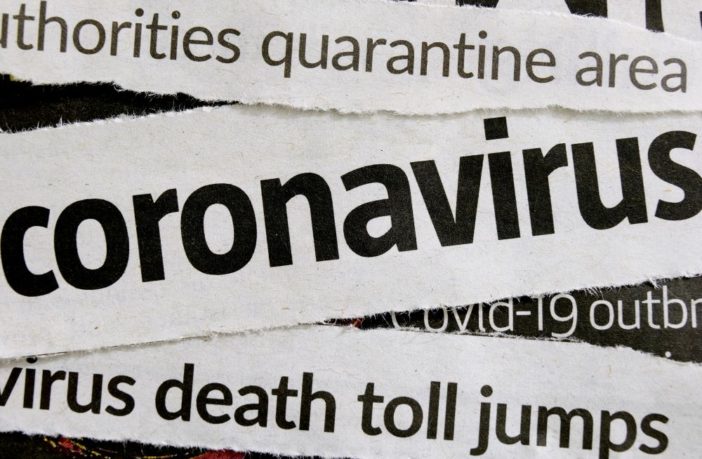Dr Helen Wimalarathna, an infectious disease epidemiologist at The Open University, explains the figures behind the coronavirus outbreak.

Infection disease expert Dr Helen Wimalarathna
As the coronavirus (COVID-19) pandemic continues, it can feel as though we are being bombarded with statistics. A few early cases have turned into thousands, the number of deaths globally has passed 35,000. The scale of the problem is huge, and the stats can seem overwhelming – so how should we interpret the numbers?
Confirmed COVID-19 cases
As I write this, the number of confirmed cases of COVID-19 in the UK stands at 29,474. This is roughly equivalent to four confirmed cases for every 10,000 individuals living in the UK – but focusing on an average can lead us to underestimate our risk of exposure to the virus for two major reasons:
- Firstly, a confirmed case is one which has tested positive in the laboratory. Currently, in the UK, community testing has largely been put on hold, so this number consists mainly of those with a clinical presentation severe enough to warrant being in hospital. Data from around the world suggest that 15 – 20% of symptomatic COVID-19 infections progress to severe disease, which suggests that the actual number of infections is likely to be between five and seven times higher than this figure at least, and then there are the asymptomatic infections. Without widespread testing and community surveillance we will not have an accurate picture of the true scale of the virus.
- Secondly, we know that infections are not evenly distributed throughout the population. In any outbreak we see clusters with a higher disease burden – sometimes these occur just by chance, and sometimes they are caused by underlying factors which make certain subpopulations more susceptible. London has been identified as the UK’s coronavirus hotspot, home to approximately 13% of the UK’s population, and over 30% of the nation’s confirmed coronavirus cases. This is not surprising when you consider the essential ingredients for an infectious epidemic to take hold within a population: a point of entry, and a ready supply of contact opportunities with susceptible hosts. London is a major hub for international travel and domestic travel within the UK. As such, there is no shortage of opportunities for coronavirus to be introduced to the capital on multiple occasions. Once the virus has been introduced to the city, the high population density increases the number of contacts between infectious and susceptible individuals, meaning that it can rapidly spread far and wide.
Coronavirus cases resulting in fatality
Sadly, while the pandemic continues, it is inevitable that many more deaths will occur. In the media we hear people erroneously using the term ‘death rate’ to refer to the proportion of COVID-19 cases resulting in fatality. The correct term is the case fatality portion – but whatever we call it, it is evident that there is a high discrepancy in this figure between populations, with over 11% case fatality in Italy, compared with less than 1% in Germany, for example.
Currently, the figure for the UK lies in between, at around 6%. Some of this variation is genuine, and is the result of complex demographic factors, combined with the health services’ ability to cope, as well as a dose of chance; while some of the variation is an artefact of the way measurements are made. Germany is carrying out an organised and extensive campaign of community testing, this means that a higher proportion of cases is identified and counted, ranging from those requiring mechanical ventilation to those with a mild cough or fever. The effect is that a smaller proportion of that broad sample of patients will die during the pandemic. In the UK, where the lack of general community testing means that we are sampling only the worst tip of the iceberg, it is not surprising that we see a higher case fatality proportion.
Staying at home
Although the numbers continue to increase each day, there is much that we can do as a society to break the chain of transmission. We need to work together to reduce the spread of COVID-19 by following government guidance. Staying at home and maintaining physical distance minimises contact events. Currently this is the most powerful tool we have to bring this epidemic to an end.
End



